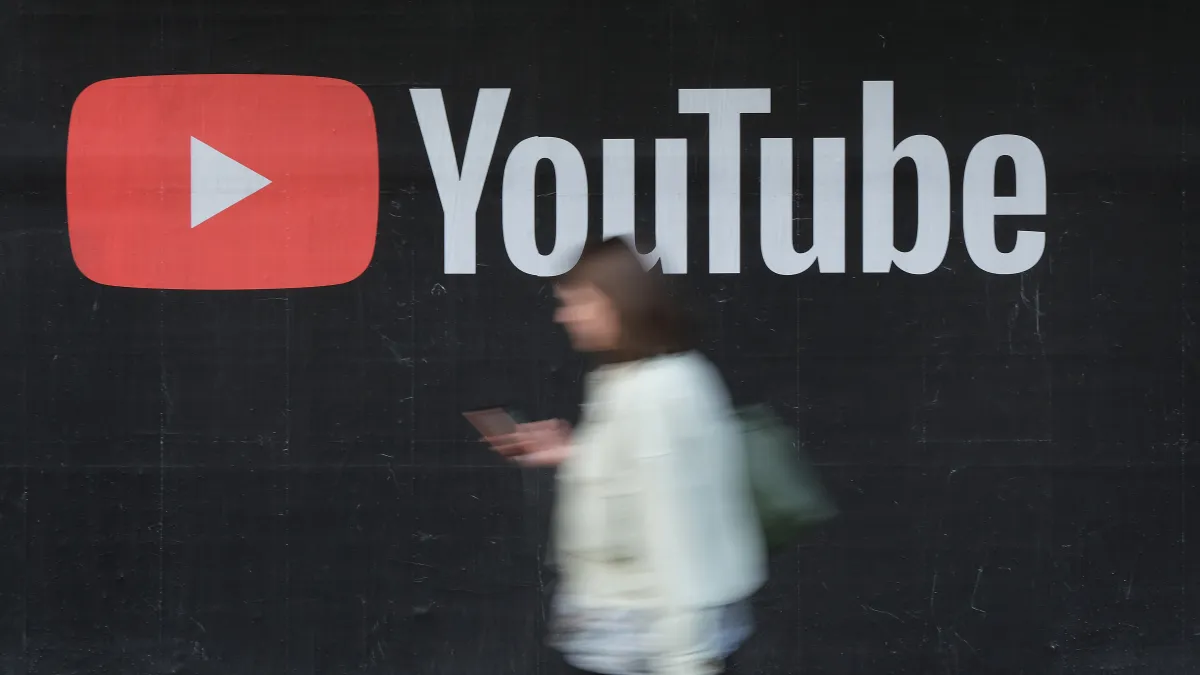Dive Brief:
- Google parent Alphabet’s revenue increased 13% year-over-year to $69.69 billion in the second quarter, according to an earnings statement. The quarterly results represented the company’s slowest pace of growth in more than two years.
- YouTube revenue was up 4.8% YoY to $7.34 billion, below analyst expectations. Wall Street expected growth of around 7% from the video-sharing platform.
- Google’s search and other bets segment climbed 13.5% YoY to $40.69 billion over the period, while total revenue from ads hit $56.29 billion. As the economy tightens, the company will slow hiring while pushing on areas like commerce and connected TV.
Dive Insight:
Alphabet became the latest digital advertising player to feel the sting of falling advertiser demand in Q2. Macroeconomic challenges carried a sharper impact on brand activity for key platforms like YouTube and the Google ads network. YouTube has struggled of late after being a darling earlier in the pandemic.
“The quarter-on-quarter deceleration in both YouTube and network advertising revenues primarily reflects pullbacks in spend by some advertisers,” said Google CFO Ruth Porat on a call discussing the results with analysts. “We also saw a slowdown in buyer spend due to a number of factors, including lower engagement levels compared with earlier stages of the pandemic.”
Porat noted that the sluggishness could seem pronounced against the year-ago period, when spending boomed due to pent-up demand. The executive foresees “ongoing headwinds” related to buyer spending in the third quarter, along with lingering effects from changes to the fee structure of the Google Play app store. Apple’s App Tracking Transparency framework, which makes targeting and measuring mobile campaigns more difficult, has also delivered a relatively constant impact on revenue, per Porat.
Google earlier this month announced it would slow hiring for the rest of the year amid the squeeze, following other tech companies in pulling back. On the analyst call, CEO Sundar Pichai said that moments like this could be “clarifying.” The firm is trying to sharpen its focus on what’s working, such as artificial intelligence and cloud-based computing. Revenue from Google Cloud jumped 35.6% YoY to $6.28 billion in Q2. The unit operates in a competitive field against Microsoft and Amazon.
That said, Google is rolling the dice on other channels that have only recently become significant to its business. Ongoing strengths in retail have led to more commerce initiatives. The company is in the process of reimagining search to be more visually oriented and supportive of shopping ads. YouTube earlier this month revealed a partnership with Shopify that aims to help creators sell products through their livestreams and videos.
Shopify this week said it would cut 10% of its workforce in a cooling e-commerce market. The Canada-based company posted a grisly net loss of $1.2 billion for Q2.
YouTube has a number of other irons in the fire. The company held its Brandcast presentation at the upfronts for the first time this year in a more ambitious pitch for TV advertising dollars. Nearly half of adults who watched a Super Bowl ad on YouTube on game day did not see the ad on traditional TV, according to Comscore data cited by executives. YouTube also continues to invest in Shorts, a TikTok lookalike feature. Early monetization efforts there have been promising, executives said, though they declined to offer more detail.
Beyond a tougher advertising environment, Google finds itself increasingly in the regulatory crosshairs. The tech giant has reportedly been open to spinning off its ad-tech operations into a separate company under Alphabet as the Department of Justice prepares an antitrust complaint related to the business. The move would represent a rare concession to regulators, but potentially not enough to appease them. The department is currently in the middle of a separate lawsuit around Google search.















